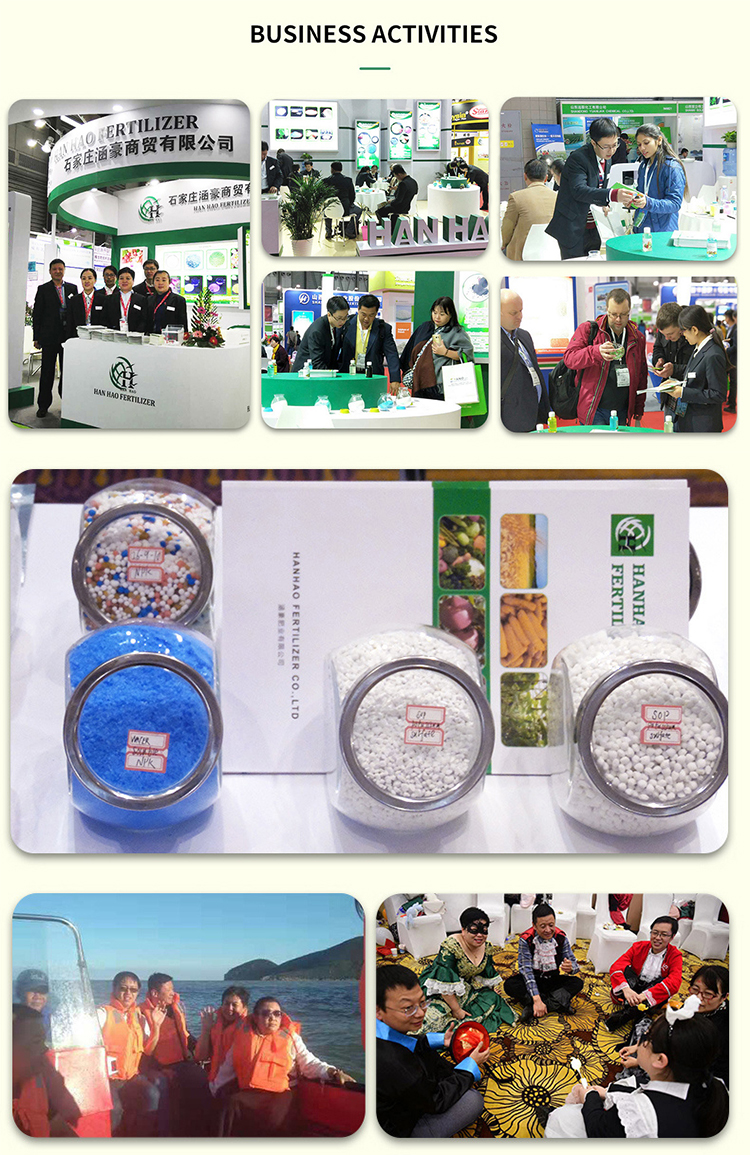
Nov . 20, 2024 00:34 Back to list
potassium fertilizers list
Understanding Potassium Fertilizers A Comprehensive Guide
Potassium (K) is one of the three primary macronutrients essential for plant growth, the others being nitrogen (N) and phosphorus (P). It plays a critical role in various physiological processes, including water regulation, enzyme activation, and photosynthesis. As such, ensuring an adequate supply of potassium is crucial for optimizing crop yield and quality. This article aims to provide an overview of potassium fertilizers, their types, and how to choose the right one for your agricultural needs.
Why Potassium is Important
Potassium is involved in several vital functions within plants. It helps in the synthesis of proteins and starches, enhances the plants' ability to resist diseases, and improves water regulation through stomatal function. Moreover, potassium is pivotal for the activation of various enzymes that are responsible for energy transfer and the production of sugars.
Deficiency in potassium can lead to poor crop health, characterized by yellowing leaves, reduced growth, and lower resilience to stress conditions such as drought or disease. Thus, it is essential for farmers to monitor potassium levels in their soil and apply the appropriate fertilizers to maintain optimal nutrient balance.
Types of Potassium Fertilizers
There are several types of potassium fertilizers available on the market. Here’s a list of some common ones
1. Potassium Chloride (KCl) Also known as murate of potash, this is the most widely used potassium fertilizer. It contains about 60% K2O and is favored due to its cost-effectiveness and high potassium content. However, it also contains chlorine, which can be detrimental to sensitive crops.
2. Potassium Sulfate (K2SO4) This fertilizer contains both potassium and sulfur, making it especially beneficial for crops that require sulfur as well. With about 45% K2O, it's suitable for chloride-sensitive plants and can improve overall soil health.
3. Potassium Nitrate (KNO3) This fertilizer provides both potassium and nitrogen, which can be beneficial for various crops. It contains approximately 38% K2O and is often used in fertigated systems due to its high solubility.
4. Langbeinite (K2Mg2(SO4)3) A natural mineral that provides both potassium and magnesium. It is particularly useful for those needing both nutrients without the risk of chloride.
potassium fertilizers list

5. K-Mag (K2SO4·2MgSO4) This is another sulfate source that provides potassium, magnesium, and sulfur. It is excellent for crops that may benefit from multiple nutrients.
6. Ash from Biomass Although not a conventional fertilizer, wood ash and the ash from other biomass can supply potassium in a more organic form. The nutrient content can vary widely depending on the source.
How to Choose the Right Potassium Fertilizer
Choosing the right potassium fertilizer depends on several factors
- Soil Test Results Conducting a soil test will help determine your soil's current potassium levels and the need for additional applications.
- Crop Requirements Different crops have different potassium needs, so it’s essential to consider the specific requirements of the crops you are growing.
- Environmental Conditions If you’re working with saline soils or areas with high chloride content, it may be prudent to choose a potassium source that does not contribute additional chlorine.
- Cost and Availability Evaluate the cost-effectiveness of different potassium sources and their availability in your region.
- Application Method Consider how the fertilizer will be applied—whether through broadcasting, fertigation, or in combination with other macro- or micronutrients.
Conclusion
Understanding potassium fertilizers and their role in plant nutrition is vital for achieving successful agricultural outcomes. By considering soil nutrient levels, crop needs, and local conditions, farmers can make informed decisions and select the most optimal potassium fertilizer for their needs. As global food demands continue to rise, verifying potassium sufficiency becomes imperative, spotlighting the significance of these fertilizers in sustainable agriculture.
-
Premium Organic Manure Compost for Eco Gardens
NewsAug.01,2025
-
Organic 10-10-10 Fertilizer | Balanced Plant Nutrients
NewsJul.31,2025
-
Premium Amino Acid Fertilizer | Rapid Plant Growth Booster
NewsJul.31,2025
-
10 10 10 Fertilizer Organic—Balanced NPK for All Plants
NewsJul.30,2025
-
Premium 10 10 10 Fertilizer Organic for Balanced Plant Growth
NewsJul.29,2025
-
Premium 10 10 10 Fertilizer Organic for Balanced Plant Growth
NewsJul.29,2025
